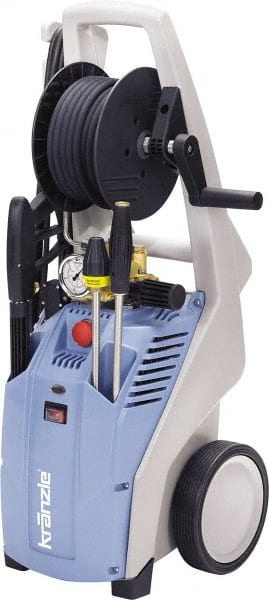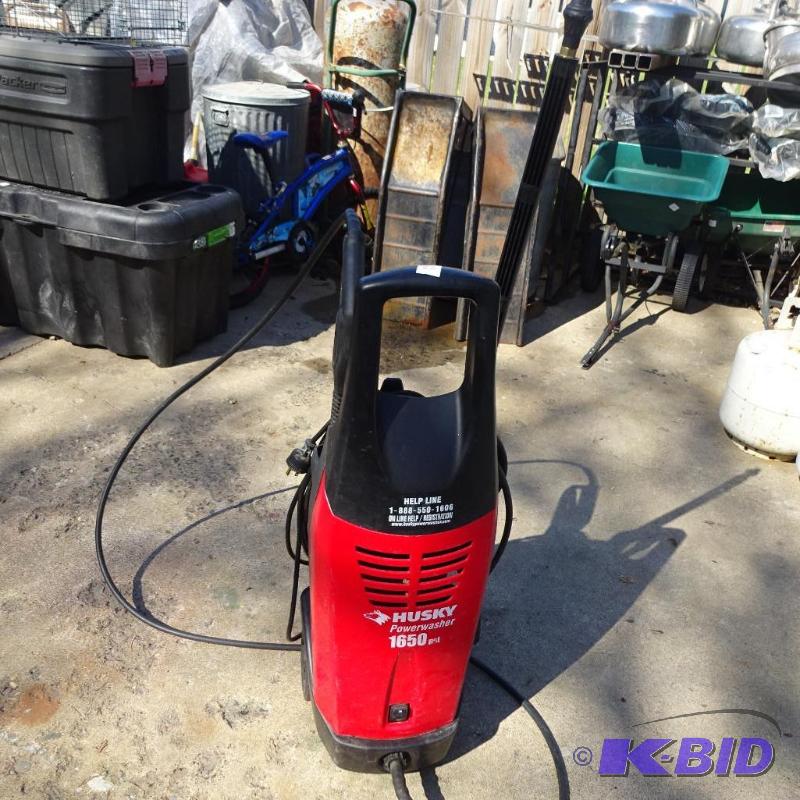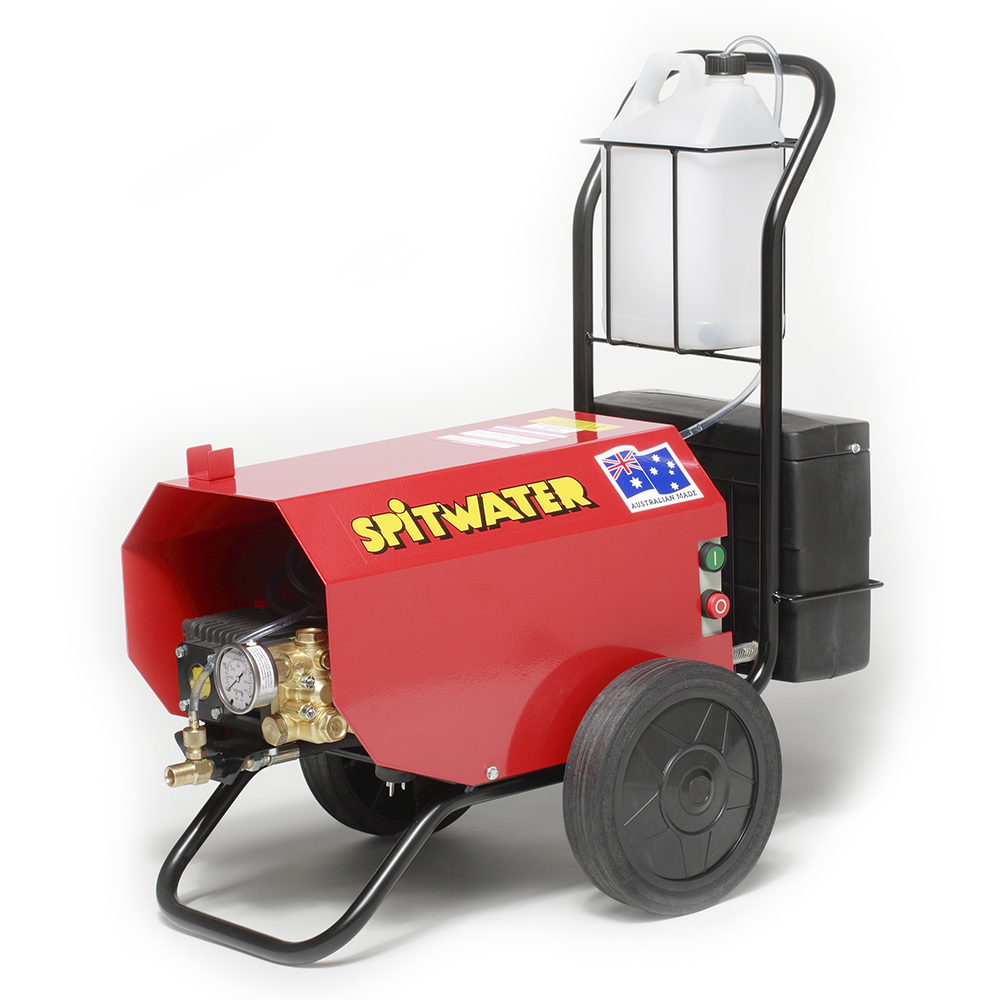

Type in unit symbols, abbreviations, or full names for units of length, area, mass, pressure, and other types. You can find metric conversion tables for SI units, as well as English units, currency, and other data. It is the pressure resulting from a force of one pound-force applied to an area of one square inch.Ĭ provides an online conversion calculator for all types of measurement units. The pound per square inch or, more accurately, pound-force per square inch (symbol: psi or lbf/in² or lbf/in²) is a unit of pressure or of stress based on avoirdupois units. Thus a reading of 30 psig on a tire gauge represents an absolute pressure of 44.7 psi. If a pressure gauge is calibrated to read zero in space, then at sea level on Earth it would read 14.7 psi. Humans do not feel this pressure because internal pressure of liquid in their bodies matches the external pressure. At sea level, Earth's atmosphere actually exerts a pressure of 14.7 psi. By contrast, psia measures pressure relative to a vacuum (such as that in space). Psig (pound-force per square inch gauge) is a unit of pressure relative to the surrounding atmosphere. A bar is a pressure unit defined as 100 kilopascals. It was later defined as 1.01325 x 10 5 pascals. Atmosphere originally was a unit related to the air pressure at sea level.
#1650 psi to atm how to#
Psi to psig, or enter any two units below: Enter two units to convert From: These example problems demonstrate how to convert the pressure unit bar (bar) to atmospheres (atm).

So, to convert directly from bar to pounds per square inch, you multiply by 14.503774.You can do the reverse unit conversion from What is the density (in g/L) of hydrogen. Question: Part A: What is the density (in g/L) of hydrogen gas at 24.0C and a pressure of 1650psi Part B: Use the molar mass of a gas at STP to determine the volume (in L) occupied by 12.6g of neon at STP. Or, you can find the single factor you need by dividing the A factor by the B factor.įor example, to convert from bar to pounds per square inch you would multiply by 100000 then divide by 6894.757. You'll get a detailed solution from a subject matter expert that helps you learn core concepts. To convert among any units in the left column, say from A to B, you can multiply by the factor for A to convert A into Pascals then divide by the factor for B to convert out of Pascals. To convert from Pa into units in the left columnĭivide by the value in the right column or, multiply by the reciprocal, 1/x.ĥ00000 Pa / 100000 = 5 bar Multiply by the conversion value in the right column in the table below.ĥ bar * 100000 = 500000 Pa To simply convert from any unit into pascals, for example, from 5 bar, just Where S is our starting value, C is our conversion factor, and How to Convert Units of PressureĬonversions are performed by using a conversion factor. By knowing the conversion factor, converting between units can become a simple multiplication problem:


Question: What is the density (in g/L) of hydrogen gas at 24 C and a pressure of 1650 psi Express your answer in grams per liter to three significant figures. Some are obvious, such as pounds per square inch, but even the SI standard Pascal is actually an expression of one Newton per square meter. This problem has been solved You'll get a detailed solution from a subject matter expert that helps you learn core concepts. Since pressure is derived from force and area, many units for pressure directly relate force to area. Where P is equal to pressure, F is the normal force and A is area. Pressure is a scalar quality reflecting how force acts on a surface.


 0 kommentar(er)
0 kommentar(er)
